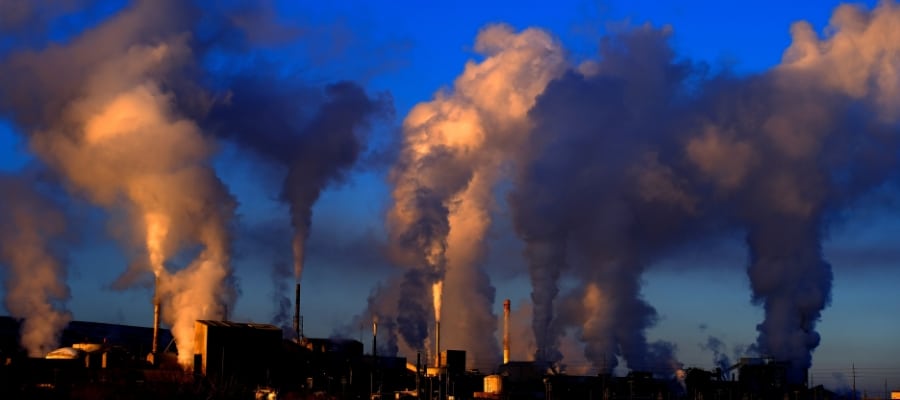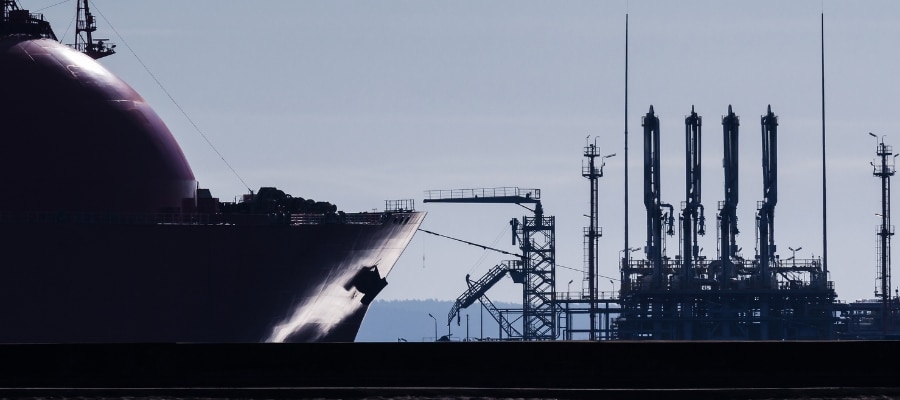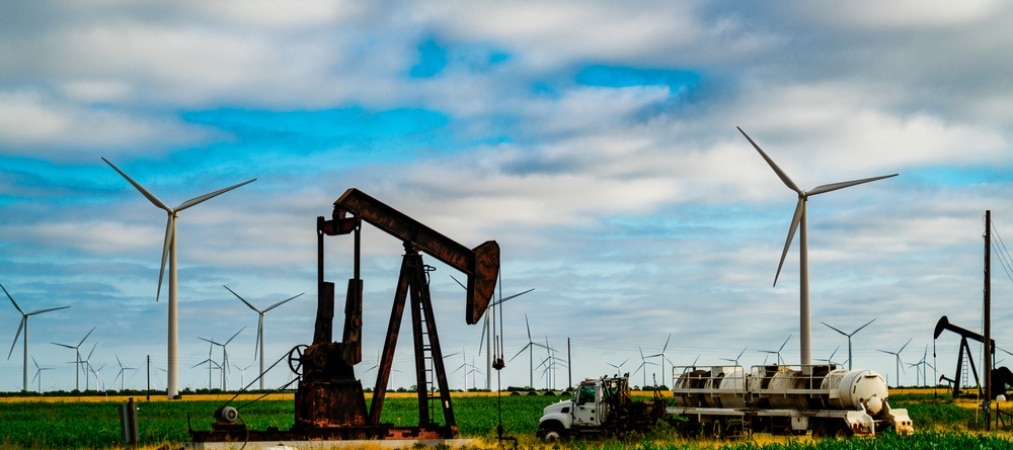Crédit Agricole recently announced with great fanfare its new climate objectives, including specific commitments to support the energy transition. While such commitments are laudable, the measures announced are difficult to interpret and it is hard to see how they fit with existing commitments made by the Group this year. Reclaim Finance has serious reservations about the sincerity of Crédit Agricole’s announcement, especially whether it is in line with what is needed to achieve a rapid and just energy transition which limits global warming to 1.5°C.
Crédit Agricole made several commitments related to the energy transition following COP 28, on December 14, 2023. The Group announced its intention to contribute to accelerating investment and financing for this transition by increasing the allocation of “financial resources for support of renewable energies and low-carbon infrastructure” [1].
Three commitments were presented:
- A “tripling of annual funding in France by Crédit Agricole Transitions & Energies [CAT&E] for renewable energies between 2020 and 2030, following the recommendation of the European Union,” aiming to reach 3 billion euros by 2030.
- An “80% increase in Crédit Agricole CIB’s exposure to low-carbon energies between 2020 and 2025 to reach 13.3 billion euros in 2025.“
- A “strengthening of financing capacity, amounting to 1 billion euros, to support energy companies in financing their renewable energy production projects, low-carbon infrastructures, clean technologies, and energy efficiency projects.“
While these measures may at first glance appear inadequate to meet the financing needs of the transition, particularly for power supply, they are also challenging to understand, and no clear timeframe is given for the final one of the three.
An unclear scope
Questions about definition have previously been raised in relation to Crédit Agricole’s earlier commitments to transition financing. Once again, Crédit Agricole is playing with vague concepts without defining them. Commitments range from “renewable energies” to “low-carbon energies”, and “low-carbon infrastructure” coexists with “clean technologies” and “energy efficiency”. None of these terms are explained, the energy sources and technologies involved are not detailed, and it is not clear which sectors are included in energy efficiency.
The use of these vague terms leaves the door wide open to false solutions. While the concept of “low-carbon” raises concerns about the integration of Carbon Capture, Utilization and/or Storage (CCUS) [2] on fossil installations or biomass [3], the notion of “clean technology” is simply impossible to interpret without further explanations.
Beyond the lack of precise definitions, Reclaim Finance finds it hard to see how the various commitments fit together.
Opacity in articulation with previous announcements
Crédit Agricole has previously announced commitments [4], including that “the annual financing of renewable energies will be globally tripled by 2030,” and “[Unifergie,] a specialized subsidiary of Crédit Agricole Leasing & Factoring [CAL&F] in the financing of renewable energies across territories, aims to double its renewable energy financing by 2025,” increasing from 1 billion euros in 2022 to 2 billion euros in France [5].
Does this new goal of tripling renewable energy financing by 2030 in France via CAT&E extend the previous goal of doubling by 2025. If this is the case, Crédit Agricole should be commended for projecting to 2030 when many financial actors stick to very short-term objectives. However, it is also necessary to deplore the low ambition of the target and its deceleration between 2025 and 2030.
How this target fits with its previous commitment to triple global financing for renewable energies also remains to be clarified. Reclaim Finance expects Crédit Agricole to commit to maintaining its global target, in addition to the one adopted at the national level. Indeed, while it is commendable to increase financing for renewable energy in France — especially considering France’s significant lag on this issue [6] — it should be noted that Crédit Agricole is among the top 10 largest global banking groups and has a role in supporting the development of sustainable energy worldwide. In the International Energy Agency (IEA)’s Net Zero Emission by 2050 (NZE) scenario, the majority of the increased investment needed by 2030 for the transition is for emerging markets and developing economies (excluding China) [7].
Despite their opacity, the current commitments also appear insufficient to align Crédit Agricole’s financing with the IEA’s NZE scenario.
Lack of ambition in the face of substantial needs
On electricity supply, the linchpin of the energy transition, this scenario indicates that a ratio of annual energy financing of 6:1 must be achieved by 2030. This means that for every dollar allocated to fossil fuels, 6 dollars are dedicated to sustainable electricity supply.
Financial institutions have a crucial role to play in the energy transition. It is essential that leading banks such as Crédit Agricole set an example. This involves commitments that are transparent and consistent with climate science and scenarios such as the IEA’s NZE scenario, which Crédit Agricole extensively cites as a framework for its climate commitments.
Reclaim Finance encourages Crédit Agricole to reconsider and strengthen its commitments regarding electricity supply, ensuring that they meet the needs for a rapid and just energy transition and to limit global warming to 1.5°C. The group must adopt a comprehensive financing target consistent with the 6:1 ratio, as well as a target for new installed capacities at the group level. Finally, only the publication of a dedicated sector policy on electricity supply financing, encompassing all of Crédit Agricole’s commitments, would provide the necessary clarity to the group’s commitment in this regard. This policy should clarify the scope of the sources and technologies covered by its financing for the energy transition and ensure the exclusion of false solutions.



